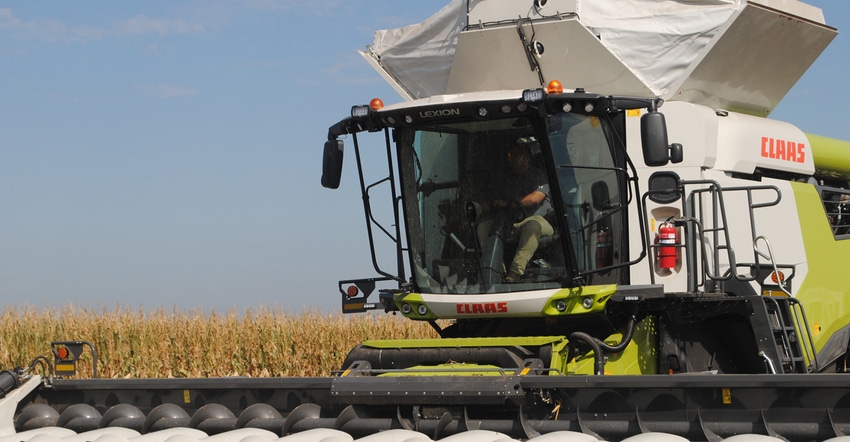August 6, 2021

Navigating the uncertainty in price or yields for crops remains a challenge when negotiating an equitable cash rental rate across Nebraska. Prices for crops across the state have fluctuated significantly throughout the growing season.
Where prices settle this fall may be subject to drought conditions across the U.S., along with domestic and international demand. Rainfall has greatly varied across Nebraska during the growing season. Crop yields might reflect this trend across the state, subject to the shortfall in precipitation. Accounting for these factors remains a challenge for many operators when negotiating cash rental rates in 2021.
Any time volatility increases in the agricultural sector, crop shares receive a renewed focus as a way to better mitigate risk and reward in the production of crops. Landlords and tenants share in production based on an agreed-upon percent.
Common share lease arrangements include 33-67, 40-60 and 50-50 divisions of the crops between the landlords and tenants. In the higher division share leases, landlords tend to share in the division of common cropping expenses such as seed, fertilizers, chemicals and irrigation energy expenses.
Cash equivalent from crop share
The popularity of crop shares across Nebraska has evolved over time with the changing demographics of the rural landscape. Many absentee landowners may not reside on or near their properties.
These landlords may agree that crop shares serve as an equitable division of production and related expenses when appropriate, but may not have the interest or knowledge to materially participate in the lease arrangement. Cash equivalent from crop share provides a return (effective rent) proportional to what a landlord would have made from participating in crop share lease.
When using this leasing concept, different cash rental rate scenarios may be analyzed. Adjustments may be made to the cash rental rate at the end of the season if prices or yields deviate significantly from expectations. During a period of rapid price fluctuations or drought causing lower-than-anticipated yields, the cash equivalent from crop share rent calculation allows for adjustments. Risk would also be mitigated between the two parties.
The benefits of better-than-anticipated crop yields, prices or revenue might also be better divided. Cash equivalent from crop share may act as a form of a flex lease to adjust for the elements of a cash lease affecting the cash rent.
Accounting for price volatility
Cash equivalent from crop share estimates the net return to the owner to use as the cash rent. Under a 50-50 corn crop share lease, the landlord would receive 65 bushels per acre if the property yielded 130 bushels per acre.
Multiplying this share by the anticipated or actual marketing price, and subtracting off the owner’s expenses (50% of the seed, fertilizer and chemical input expenses), arrives at the estimated net return to the owner or the possible cash rent.
The value may vary throughout the year based on the actual crop yield and marketing price. In this example, the effective cash rent could vary from $156.15 to $225.70 per acre, based on prices fluctuating between $4.71 to 5.78 per bushel of corn.
Production in certain years may face a high degree of uncertainty in crop yields or commodity prices. This leasing principle allows for either factor to be analyzed. The March 2021 scenario serves as the base to compare the different alternatives.
The estimated crop yield in the base scenario may use the anticipated or historic actual production history yield for the land. The price per bushel may use a fall futures price adjusted for local basis or the planting time price guarantee from crop insurance. From the base scenario, a portion of the cash rent for land may be paid in March and the remaining balance when the price or yield has been recognized in the fall.
You May Also Like




